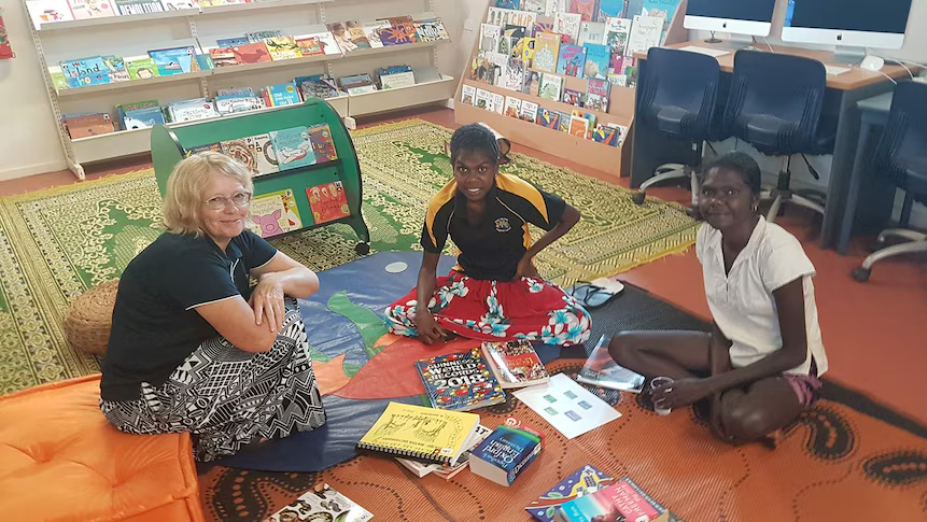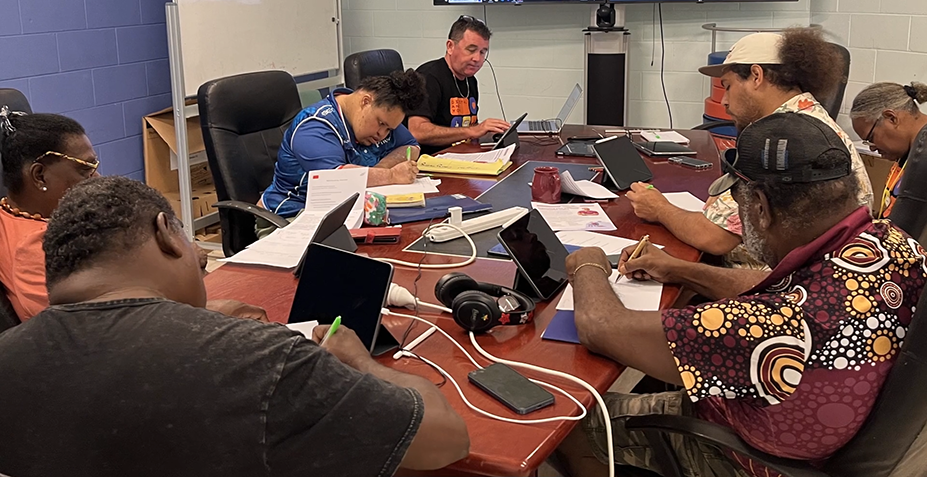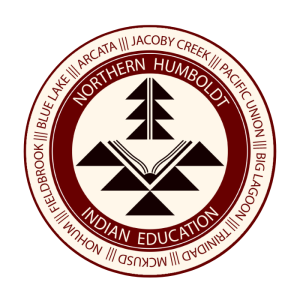I appreciate the efforts being made to incorporate diverse cultures into library settings and services, particularly the values and customs of local Indigenous communities. Creating respectful and inclusive spaces is such an important aspect of meeting a community’s needs and developing a place of trust. According to the National and State Libraries of Australasia, a culturally safe library is an environment “where people feel supported, can express themselves and their culture, history and identity with dignity and pride” (NSLA, n.d.). Making a change in this direction can open the doors to people who may have previously felt invisible or unwelcome.
Information organizations have existed for so long, creating ways of organizing and disseminating knowledge and providing outreach for the community. Over time, it may be easy to accept the traditional methods and not consider any institutional changes to reflect ongoing changes in the community. It is important to stay connected and to identify the cultural values of the people being served to respectfully engage and honor them.
I work in a school with an Indian Education Program that offers language classes, club activities, cultural events, and support for Indigenous students (Indian Education Program, n.d.). Over the last few years, effort has been put into integrating language and culture into day-to-day school life. All around campus, including the library, posters and communications that have English and Spanish now also include Yurok – a local Indigenous language that was nearly extinct until it was offered as a class 25+ years ago. Collaborative efforts have also increased the number of events and activities for the entire student body, allowing Indigenous students and families to share their stories and customs while building self-esteem.
Other examples of Indigenous inclusion

In Galiwin’ku, a remote community in northern Australia, the library chose to do away with the Dewey Decimal system (Thompson & Trevaskis, 2018). The organization of books made little sense to the users of the space so a more culturally-centered method of organization was implemented. By grouping books according to local community values and interests, library users felt validated and were more empowered to use the space.

The Indigenous Knowledge Centre on Mua Island in northern Australia, offered free digital workshops for their local community (Reynolds, 2025). Not only did this program allow people to share their stories and artwork, it also gave them an opportunity to learn new digital skills and apply creativity to these learning experiences. The participatory environment provided users a space to gather, create, share, and learn together.
References
Indian Education Program. (n.d.). Brief History of Indian Ed Title VI in CA. Northern Humboldt Union High School District.
National and State Libraries of Australasia. (n.d.). Culturally safe libraries: Working with Indigenous collections.
Reynolds, M. (2025, March 24). Digital skills spark new creative ideas in Arkai (Kubin) on Mua Island. State Library of Queensland.
Thompson, J. & Trevaskis, L. (2018, August 21). Galiwin’ku library closes book on the Dewey Decimal System to prioritise Yolngu culture. ABC News.

@jlindberg I am so glad you covered this topic. I appreciate the examples you shared as well and your specific example from your library.
In addition, I really like how you have formatted your blog and for the last two posts that I’ve read when you highlight what your library is doing that part of the post looks different and is set apart and I really like that visual clue. Well done.